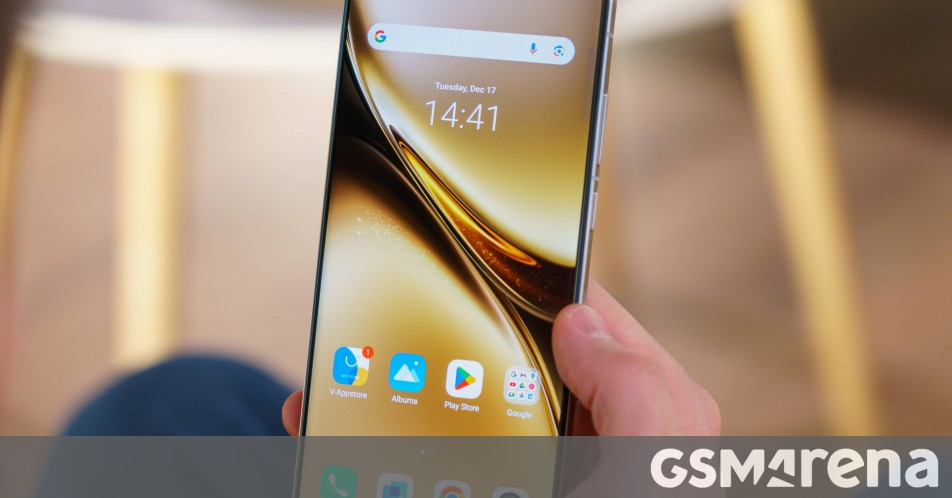Silicon-based batteries are now prevalent in Chinese flagship smartphones, offering significantly higher density than traditional Li-Ion batteries. This trend is intensifying as manufacturers race to integrate larger capacities without increasing device thickness. By the end of the year, next-gen flagships powered by MediaTek and Qualcomm are projected to have a baseline battery capacity of 7,000 mAh, an increase from last year’s 6,000 mAh. Some models may even reach 7,500 mAh, while mid-range phones could have up to 8,000 mAh. Additionally, these devices are expected to support 100W wired and 50W-80W wireless charging, enhancing battery life for demanding users.
Over the last few months, silicon-based batteries have emerged in nearly all flagship smartphones from China. This innovative technology has significantly increased energy density compared to conventional Li-Ion batteries, leading to an intense competition to maximize mAh in cells without adding excessive thickness to the devices.
This trend is expected to persist throughout the year, as rumored from sources in China. By the end of the year, when Chinese manufacturers unveil their next-generation flagship models, which will be equipped with the forthcoming MediaTek Dimensity 9500 and Qualcomm Snapdragon 8 Elite 2 processors, the standard battery capacity for premium devices is anticipated to be 7,000 mAh.
vivo X200 Pro
This represents an increase of 1,000 mAh from last year’s baseline of approximately 6,000 mAh, which is undoubtedly great news. Additionally, some flagship models could reach up to 7,500 mAh, while mid-range devices might even boast 8,000 mAh—Honor is rumored to introduce a phone with such a massive battery in under a week.
Moreover, as for the late 2025 Chinese flagship phones, all are expected to support 100W wired charging with those 7,000-7,500 mAh batteries, along with 50W to 80W wireless charging capabilities. This signals a much-anticipated revolution in battery longevity that could eliminate battery life concerns for even the most demanding users.
Of course, this pertains mainly to those purchasing Chinese flagship or mid-range smartphones. Samsung, Apple, and Google appear to have missed out on the silicon battery technology, at least for the time being.
Source (in Chinese)
